

Nuisance parking
There are several types of nuisance parking, and this article will explain the main variations that motorists and private landlords are faced with both on the public highway and on private land.
Example 1
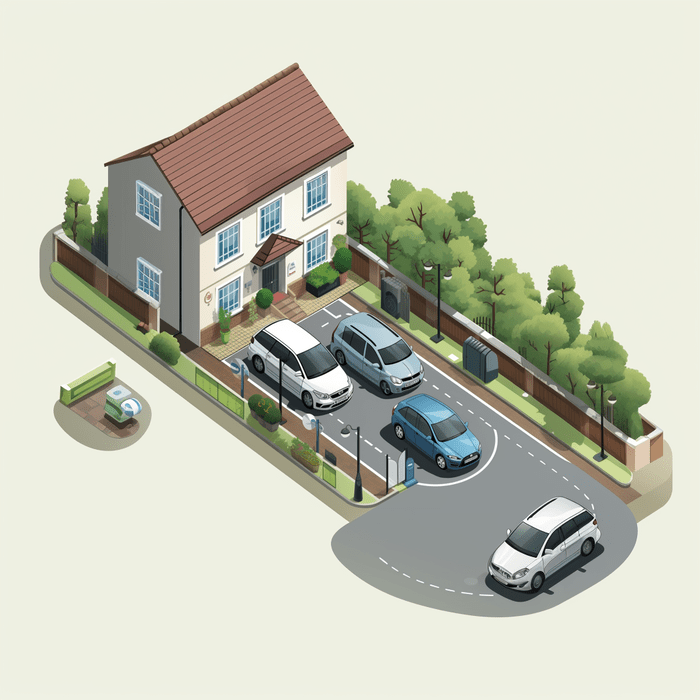
The first type of nuisance parking is when a vehicle parks on a public road in such a way that the vehicle’s parked position causes an obstruction to others. For example, a car that is parked in front of a driveway, preventing the entry or exit of other vehicles on to that driveway, is common where properties have a drive-over installed; a sloped path from the drive to the public highway that crosses the pavement.
Example 2

Another example of nuisance parking is when a vehicle parks too close to another parked vehicle. This can leave little room for the car in front or behind to exit the parking space they are occupying and most commonly leads to delays as the driver would have to wait until the driver of the nuisance vehicle returns.
Example 3
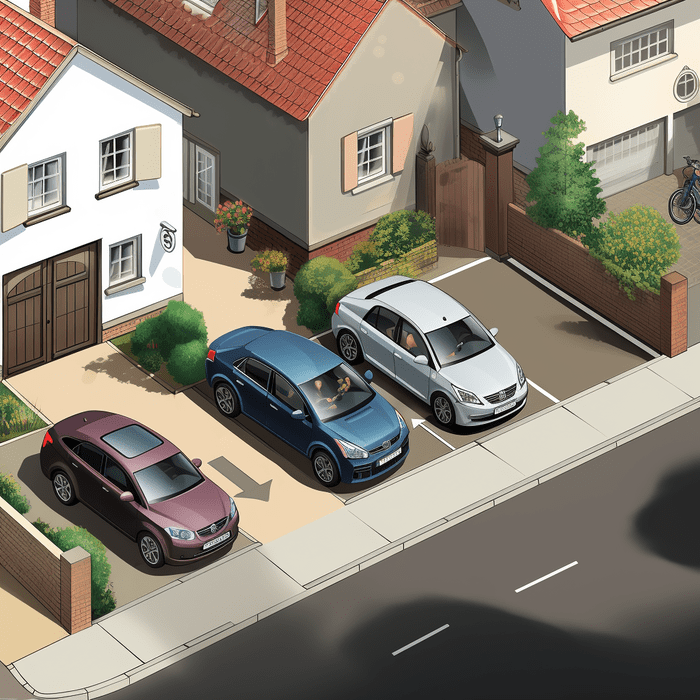
This is when a vehicle is parked on private land without authorization of the landlord. Some privately owned car parks can have dedicated parking spaces so if the subject is parked in a marked bay, it can prevent the owner of that space parking their own vehicle and the term nuisance parking justifies this parking contravention action. Privately owned car parks are not patrolled by local traffic wardens as they are outside their jurisdiction.
Example 4
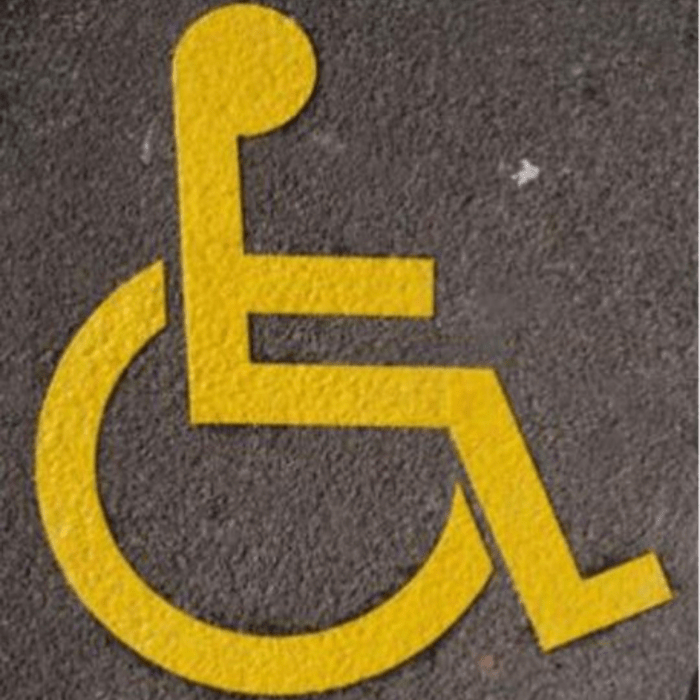
A vehicle parked in a disabled parking space without a disability parking badge on displayed in the windscreen. Disabled parking spaces are usually bigger than the standard sized parking space which allows better wheelchair access to the vehicle.
Example 5

An abandoned vehicle. This is when the vehicle owners have simply abandoned their car on the public highway. Abandoned vehicles can be reported here. The council will then arrange for the abandoned vehicle to be towed to a local metal recycle centre where the fluids are removed, in an environmentally safe way, and the car is crushed and sold as scrap metal.
How to prevent nuisance parking?
First solution
If a car is blocking your entrance drive, thus preventing the access to your own vehicle onto your driveway, the simple way to prevent this happening again is to have a polite NO PARKING sign installed on your property, at the entrance, so it is easily visible to other motorists. The most common signs are KEEP CLEAR, DRIVEWAY IN CONSTANT USE, KEEP ENTRANCE CLEAR, ACCESS REQUIRED.
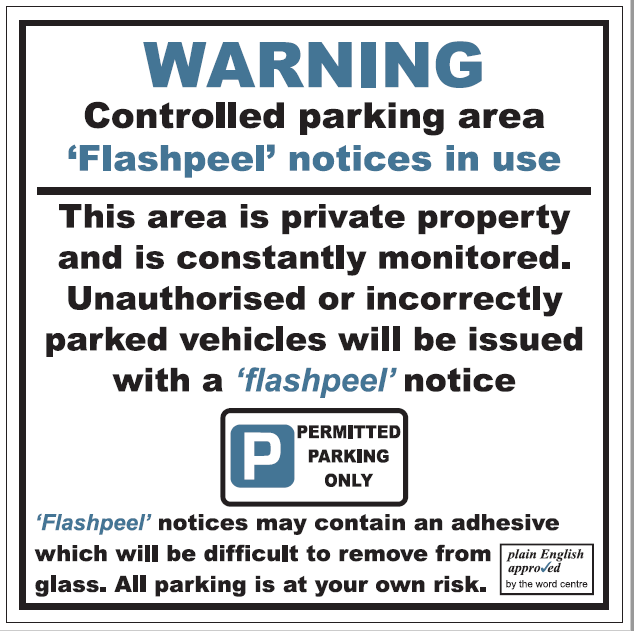
Second solution
To mark out the entrance of your drive with a yellow line or a white line which can be installed by a line marking contractor. The other option is to purchase a roll of thermoplastic line marking. To install this, you can roll it out on the road, at the starting point of the drive over, and follow the installation instructions that come with a standard 5-meter thermoplastic roll. White thermoplastic line marking is the most common for a drive-over. You May need to obtain the permission from your local authority and some councils may install the line for you for a fixed fee.
Third solution
To use the easy and hard to remove parking stickers that can be applied to driver’s window. These contain a warning advising the driver to refrain from parking there again. There are two types of parking sticker. The first will have a polite warning and will be easy to peel off. The second is a much harder to remove sticker that will leave a residue of glue once applied. They also have instructions on how to remove them printed on the notice.
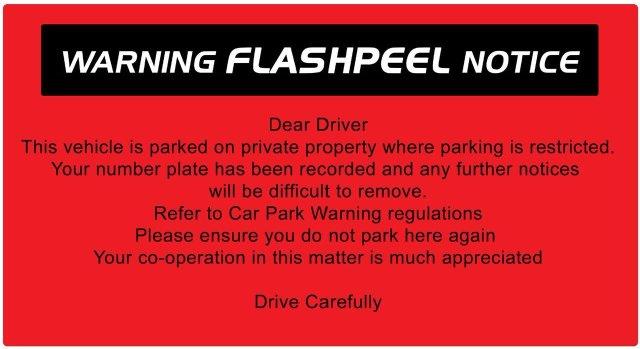
How to report nuisance parking?
Some nuisance parking, like the above examples, can be reported to:
- the police
- the local authority
- the DVLA
The police have the direct powers to contact the driver and a direct link to the Driver Vehicle Licensing Agency (DVLA). They hold records of all registered vehicles in the U.K but they will not be able to issue a fine or fixed penalty as this can only be completed by a traffic warden. If the vehicle is suspect, the police can request powers to enter and further investigate. The local authority has the power, under the Road Traffic Act, to tow the vehicle to a secure car pound and can charge the driver all the associated costs i.e., removal and storage. Each local council in the UK is responsible for policing its public highways. Drivers of vehicles, in central towns, pay to park on the highway or in council owned car parks that have not paid or have not returned to their vehicles may receive a Penalty Charge Notice (PCN). Such penalties are not considered as nuisance parking.
Can I report nuisance parking to the DVLA?
The DVLA can only provide the registered owner’s name and address to the owner of the property or to an approved parking operator so the driver can be contacted by post with a PCN or Penalty Notice. Any person or local authority can apply to the DVLA for keeper details if they meet the search requirements i.e., “the reasonable cause.” A postal V888 form can be downloaded from the DVLA website. There is a search fee, and a photograph will be required with the date and time stamp of the nuisance parked vehicle.
How does the law deal with nuisance parking?
A person can make a claim where there has been physical damage to the land in question or where signs are installed stating a parking charge applies. If a PCN is issued, the person or parking enforcement contractor must follow the rules set out by the British Parking Association (BPA).
New rules are coming out shortly after MP Greg Night passed a bill in parliament to regulate the activity of private parking enforcement companies. A single code of practice will be released, and the new standards will be published by the British Standards Institute and regulated by a government organization. The draft single code of practice will be out in the early parts of 2022.
Nuisance parking on the public highway is dealt with by the local authority and they can issue a fixed penalty, wheelclamping or towing to a secure car pound.
Drivers in the UK can appeal any penalty charge notice or parking charge notice issued by councils or private parking companies to a parking ombudsman.
